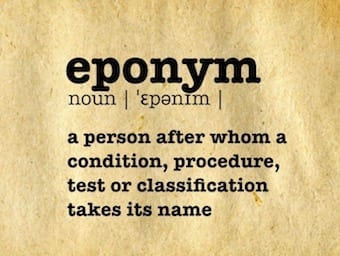
Fluids and electrolytes: Polyuria, polydipsia, and diabetes insipidus
In this video Joel Topf looks at how you can easily differentiate between different types of diabetes insipidus.

In this video Joel Topf looks at how you can easily differentiate between different types of diabetes insipidus.

In this video Joel Topf looks at acetazolamide and potassium-sparing diuretics; how to optimise your patients’ diuretic regimen; the advantages and disadvantages of each diuretic; and what to do when they don’t work.

In this video Joel Topf looks at how the treatment algorithms for uncompensated hyponatremia differ based on the severity of symptoms.

Diuretics don't always work as expected–what do you do when diuresis is not sufficient? In this video Joel Topf looks at how to alter treatment based on the pattern of diuretic response seen in your patient.

Ernest William Goodpasture (1886 - 1960) was an American pathologist. Goodpasture syndrome (1918)

Seraphima Schachowa (1854 - ) was a Russian physician and histologist. Schachowa spiral tubulues (1876) [renal tubuli]

RRT Prescription: Aims of treatment - fluid management; acidosis correction; hyperkalaemia correction; uraemia; toxin removal

High volume haemofiltration (HVH) is CRRT where the filtration rate is large - aka “high-volume,” “high intensity,” or “high flow”

Tintinalli Renal multiple choice questions MCQs for ACEM Fellowship

Renal Replacement Therapy (RRT) Terminology and Nomenclature

Renal Literature Summaries

Optimal dose of renal replacement therapy (RRT) is controversial... the definition of dose in clinical practice is also a little controversial!